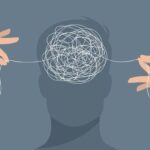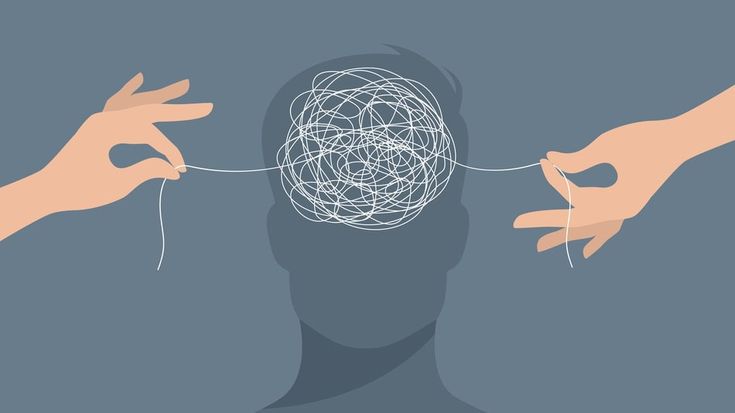- Social Control Theory
 by MarthaConill🧠 Why We Don’t Break the Law: Hirschi’s Social Control Theory The fundamental premise of this influential theory is not why people commit crimes, but rather why the majority of people DO NOT commit them—that is, why they conform to societal norms. Criminologist Travis Hirschi argues that conformity is rooted in the existence of a… Read more: Social Control Theory
by MarthaConill🧠 Why We Don’t Break the Law: Hirschi’s Social Control Theory The fundamental premise of this influential theory is not why people commit crimes, but rather why the majority of people DO NOT commit them—that is, why they conform to societal norms. Criminologist Travis Hirschi argues that conformity is rooted in the existence of a… Read more: Social Control Theory - The Rational Choice Theory
 by MarthaConill🧠 The Rational Choice Theory (RCT) of Clarke and Cornish: A Criminological Framework The Rational Choice Theory (RCT) was developed by criminologists Derek B. Cornish and Ronald V. Clarke in the mid-1980s. This perspective stands as one of the most influential frameworks in criminology and for models of situational crime prevention. Essentially, RCT posits that… Read more: The Rational Choice Theory
by MarthaConill🧠 The Rational Choice Theory (RCT) of Clarke and Cornish: A Criminological Framework The Rational Choice Theory (RCT) was developed by criminologists Derek B. Cornish and Ronald V. Clarke in the mid-1980s. This perspective stands as one of the most influential frameworks in criminology and for models of situational crime prevention. Essentially, RCT posits that… Read more: The Rational Choice Theory - The Routine Activities Theory
 by MarthaConill🔍Understanding Crime Beyond the Criminal Mind The Routine Activities Theory (RAT), or Routine Crime Theory, was proposed by criminologists Lawrence E. Cohen and Marcus Felson in 1979. It is a key situational and ecological approach within criminology that seeks to explain variations in crime rates by focusing on how changes in the daily activities (routines)… Read more: The Routine Activities Theory
by MarthaConill🔍Understanding Crime Beyond the Criminal Mind The Routine Activities Theory (RAT), or Routine Crime Theory, was proposed by criminologists Lawrence E. Cohen and Marcus Felson in 1979. It is a key situational and ecological approach within criminology that seeks to explain variations in crime rates by focusing on how changes in the daily activities (routines)… Read more: The Routine Activities Theory - Routine Crime Theory
 by MarthaConillThe Routine Activities Theory (or Routine Crime Theory) was proposed by Lawrence E. Cohen and Marcus Felson in 1979. It’s a situational and ecological approach within criminology that seeks to explain variations in crime rates by focusing on how changes in society’s daily activities (routines) create or modify the opportunities for crime. This theory posits… Read more: Routine Crime Theory
by MarthaConillThe Routine Activities Theory (or Routine Crime Theory) was proposed by Lawrence E. Cohen and Marcus Felson in 1979. It’s a situational and ecological approach within criminology that seeks to explain variations in crime rates by focusing on how changes in society’s daily activities (routines) create or modify the opportunities for crime. This theory posits… Read more: Routine Crime Theory - Theory of Operant Conditioning
 by MarthaConillThe Theory of Operant Conditioning is a fundamental concept in behavioral psychology, primarily developed by Burrhus Frederic Skinner (although its foundations stem from the work of Edward Thorndike and his “Law of Effect”). This theory explains how the consequences of a behavior influence the probability of that behavior being repeated in the future. The central… Read more: Theory of Operant Conditioning
by MarthaConillThe Theory of Operant Conditioning is a fundamental concept in behavioral psychology, primarily developed by Burrhus Frederic Skinner (although its foundations stem from the work of Edward Thorndike and his “Law of Effect”). This theory explains how the consequences of a behavior influence the probability of that behavior being repeated in the future. The central… Read more: Theory of Operant Conditioning
THEORIES
Hello, I’m
Martha Conill

Welcome to Crimiphobia, my personal space where I post interesting information and the knowledge I’m learning about the world of criminology. I invite you to explore my page and discover very interesting things, facts you didn’t know, interview transcripts, information on the most wanted criminals, unlimited debates, and a good dose of criminological knowledge. Come in, we don’t bite!
Let’s connect
Fact #1
Punishment does not correct, it creates criminals





